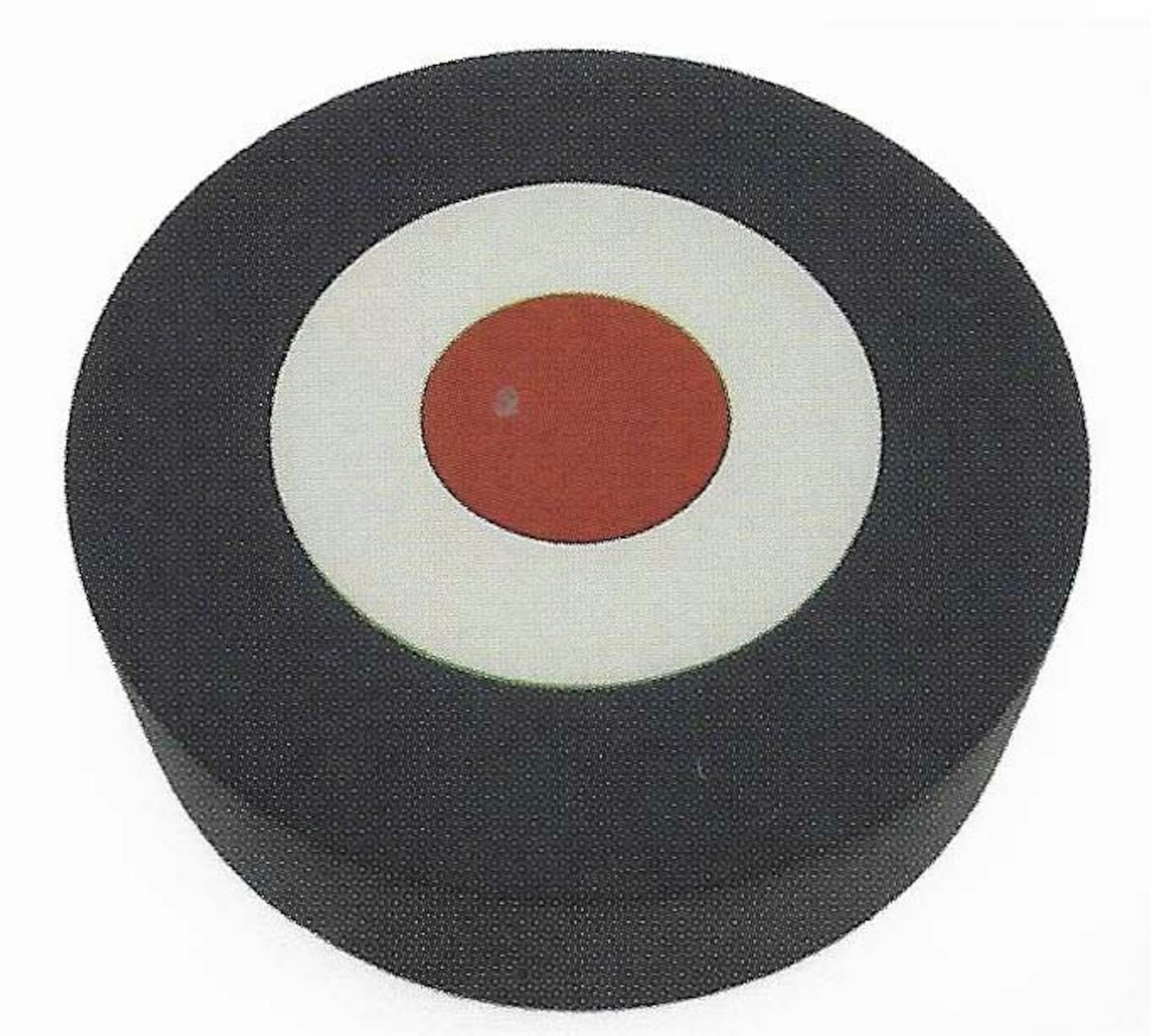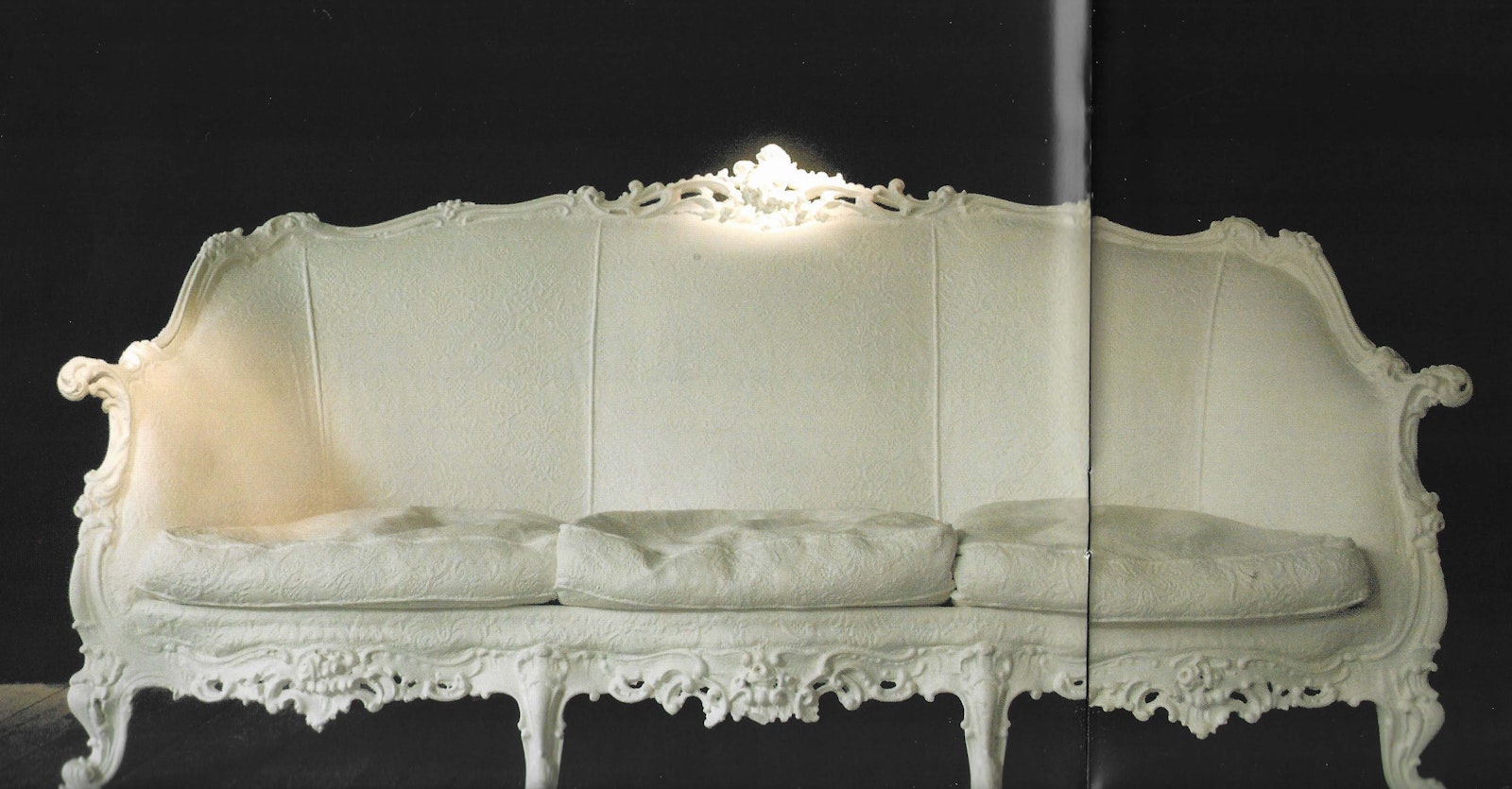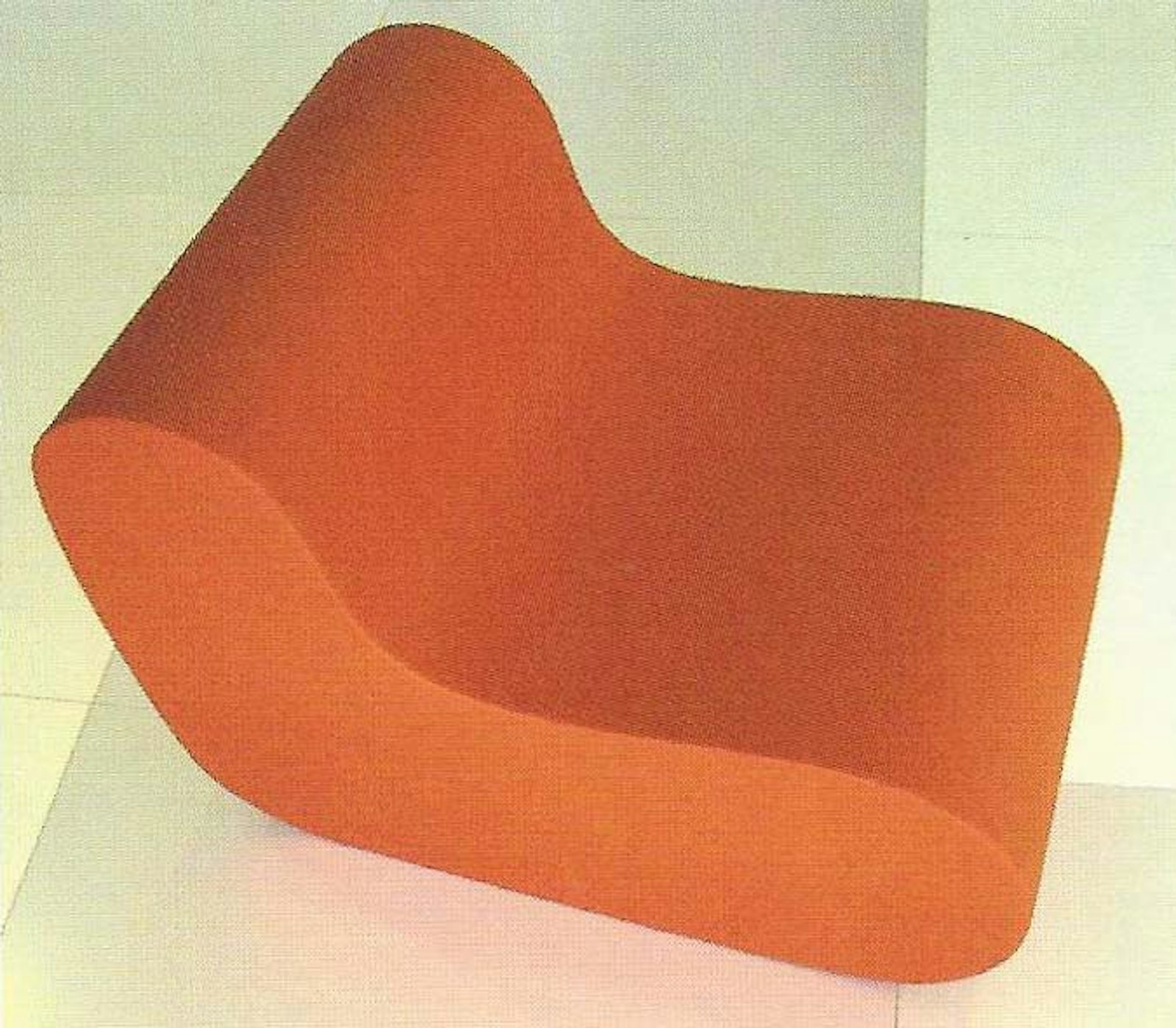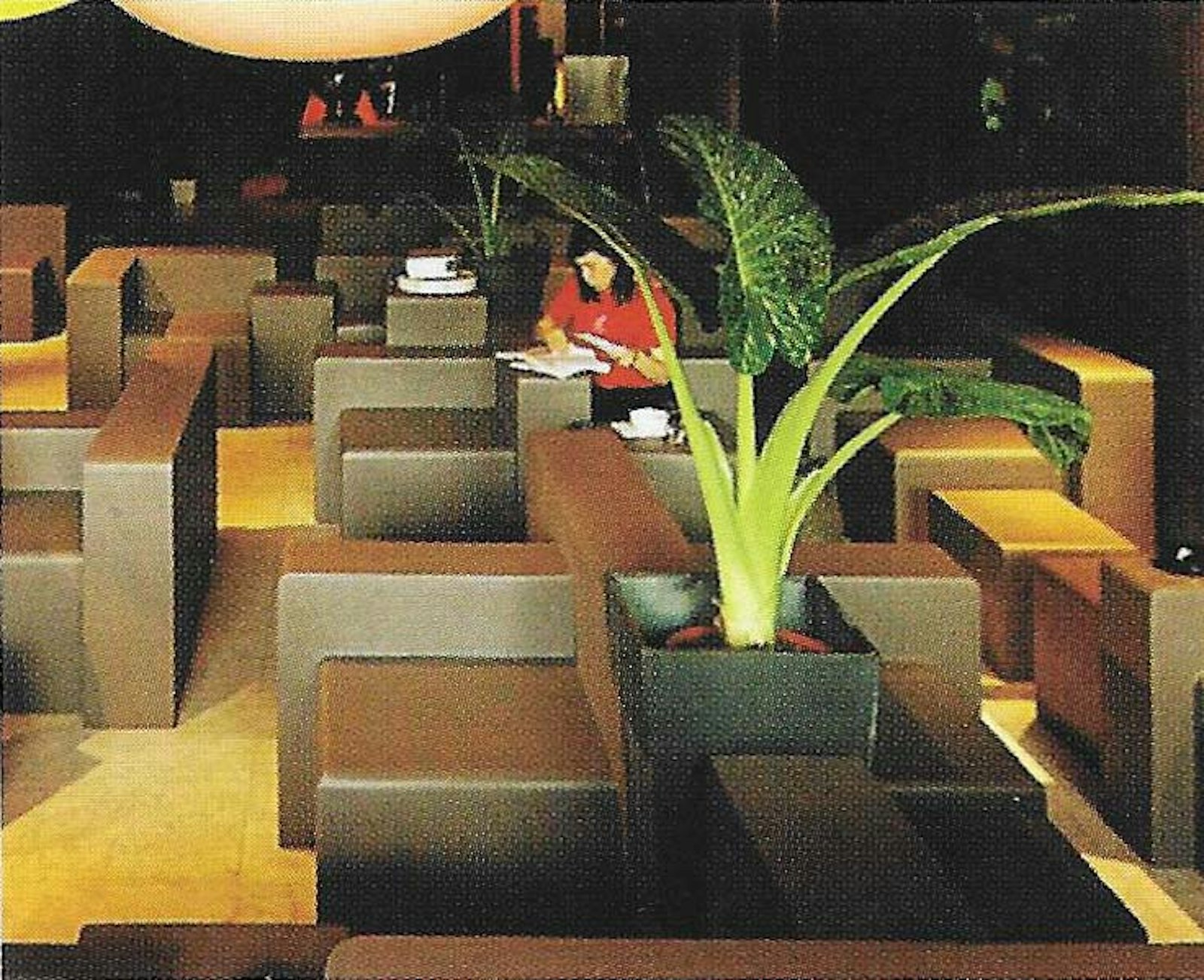de Velde
Steven Brouns
Steven Brouns (born 1975) can best be characterised as a modest man with a clear sense of reality, who does not go for the obvious, and who has a very clear idea where he, as a designer, wants to go.
He completed his post-secondary studies in industrial design at the Katholieke Hogeschool Limburg (Genk) 7 years ago. At the start of 2000 he set up JZUZ together with Serge Haelterman. Along with Maarten Van Severen and Quinze&Milan, Steven was one of the first designers to create modular furniture made of foam. He describes his designs as 'Living elements'. From that period we particularly recall the large armchair One and the numerous combinations of the U and the Square. They also tried to market their designs world-wide through distributors.
However, the Living Elements concept came too early. Serge started taking on graphic design work again and Steven began working one day a week in the Antwerp interior design shop Aura, and gradually the two grew apart.
At the end of 2002 Steven launced a new initiative: Zoink! Not wanting to work under his own name, he opted instead for this rather intriguing designation. This one-man agency has experienced strong growth ever since its launch. He is regularly invited to contribute his technical know-how in the field of foam products, which involves determining the density of the foam and choosing appropriate upholstery (Brussels Science Museum, lounge of the On Stage Restaurant in Antwerp). He also lands numerous interesting interior design assignments for the hotel and restaurant sector, shop interiors and exhibition stands for well-known brands. He hires out his Living Elements for special events (Rock Werchter, Art Brussels).
Steven abandoned the principle of designing products and then marketing them himself. He was intent on avoiding the feeling of déjà vu among the general public, but also for himself. That is why he opted for flexibility as well as more revolutionary and in particular high-tech designs. Although he still sells his seating modules, he now works increasingly on commission. He always departs from his clean-lined, organic, pop-arty and brightly coloured basic foam elements and adapts these to the needs of the client and the environment where they will be used, even when he hires them out. For the upholstery he chooses coated fabrics, felt and high-tech materials. However, the foam itself is firm enough and washable. Steven is continually searching for the right combination of form, function and durability.
This approach is very popular with trendy brands. Nike is now a loyal customer who not only calls on Steven's services for special events but also for the design of its European stores (London, Paris, Berlin and Barcelona). He has often used bull's-eyes, or target designs, as his basic form. For a school in Torhout they were covered with faux leather to ensure durability. For an IT company in Antwerp he increased the diameter to 3 metres, so that they just fitted into an existing circular wall.
He has also constructed them out of three different segments so that the creation could be used as one solid block to lie on but also as a sofa with a round table by removing the middle segments and using these elsewhere. The same target designs, without the inner segment, were used as counters in the shop of Walter Van Beirendonck in Antwerp. For a soft drinks bar in Ghent the inner segment was replaced with a round table. Students at the University of Tilburg use the Zoink! for seating in the library. The Illy stand at the 2003 Venice Biennieal featured striking monumental Illy-red frames of 2.4 by 2.4 metres from which the Illy heart had been cut out to sit or lie on. This created the link to the brand. Companies love it. Corporate house style is becoming increasingly importatn and customised furniture contributes to corporate recognisability and image.
Every creation is a variation on one design, one standard product that can be customised to the client's wishes and brand and its function and the space where it will be used. Although they remain a recognisable Zoink! product, they are different every time. It was following this line of thought that Steven Brouns designed the zetel per cm, or seat per cm, for the company Stulens (Hasselt). This design is intended mainly for waiting areas but is also produced in a made-to-measure format for private customers. For Vitrapoint Antwerpen he designed a showroom counter with integrated scale models of Vitra chairs, as well as a small meeting room which is partly partitioned off by means of a floating cube.
Steven wants to take Zoink! further. His objective is not only to give one product several applications; he also focuses on the high-tech aspect and its integration into a piece of furniture. He is currently working on an audio-visual wall in which a plasma screen, electronic message board, computer screen and loudspeakers can be integrated. The broadcasting company VRT gave him carte blanche for the design of a seat for announcers. In this design he incorporated lights in the back rest. For the Women' Secret shops he had initially planned to use sounds, LEDs and vibra functions in the seats, but all the electronic gadgetry had to be dropped because of the cost.
Steven Brouns learns not only from each commission but from his collaboration with others. Together with the architect Bart Lens he designed the outdoor seat Poolchair, with fashion designer Romy Smits he fitted out a fashion room in the Royal Windsor Hotel in Antwerp and with Luc Vleugels the Fred & Ginger shops in Aalst, Leuven, Mechelen and Turnhout. He is currently involved in a number of artistic projects, one in the CIAP gallery in Hasselt (one in 2004 and presently within the framework of the Super ! biennial). In these he realises concepts whose effect lies remarkably close to that of design.




